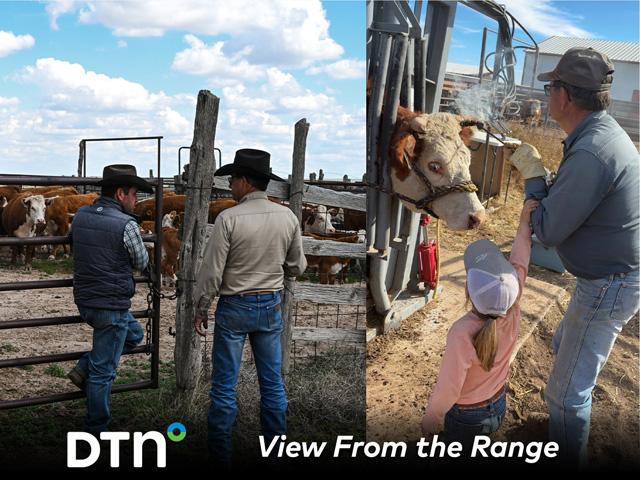Sort & Cull
Three Cheers For A Story With No Legs
Although we have all been occasionally ensnared by a juicy, facts-poor news story that somehow just keeps growing, it's always encouraging to see the reading public give non-events the quick burial they deserve.
Thankfully, this week delivered a fine example of such express funeral rites when USDA reported the discovery of one atypical case of bovine spongiform encephalopathy (infamously known in its sensational past as "mad cow disease") in Alabama.
If your radar didn't even pick up the story, my point is only underscored.
Those of you on the squeamish side may want to turn your head as I briefly exhume this corpse already rotting from indifference. I do so only to celebrate how successful the beef industry has been over the last 14 years in educating consumers about the extreme rarity of the cattle disease and its cloudy linkage to variant Creutzfeldt-Jakob disease (i.e., BSE's human equivalent).
On Tuesday, USDA Animal and Plant Health Inspection Service's (APHIS) National Veterinary Services Laboratories (NVSL) determined that an 11-year cow was positive for atypical BSE. The animal was showing clinical signs and was found through routine surveillance at an Alabama livestock market. The official press release stressed that the diseased cow never entered slaughter channels and at no time presented a risk to the food supply, or to human health in the U.S.
P[L1] D[0x0] M[300x250] OOP[F] ADUNIT[] T[]
For concerned citizens whose eyes remained unglazed, the official announcement went on to rehearse the apparently familiar script:
"BSE is not contagious and exists in two types -- classical and atypical. Classical BSE is the form that occurred primarily in the United Kingdom, beginning in the late 1980's, and it has been linked to variant Creutzfeldt-Jakob disease (vCJD) in people. The primary source of infection for classical BSE is feed contaminated with the infectious prion agent, such as meat-and-bone meal containing protein derived from rendered infected cattle. Regulations from the Food and Drug Administration (FDA) have prohibited the inclusion of mammalian protein in feed for cattle and other ruminants since 1997 and have also prohibited high risk tissue materials in all animal feed since 2009.
"Atypical BSE is different, and it generally occurs in older cattle, usually 8 years of age or greater. It seems to arise rarely and spontaneously in all cattle populations.
"The United States has a longstanding system of interlocking safeguards against BSE that protect public and animal health in the United States, the most important of which is the removal of specified risk materials -- or the parts of an animal that would contain BSE should an animal have the disease -- from all animals presented for slaughter. The second safeguard is a strong feed ban that protects cattle from the disease. Another important component of our system -- which led to this detection -- is our ongoing BSE surveillance program that allows USDA to detect the disease if it exists at very low levels in the U.S. cattle population."
My guess is that only a few bored news junkies and paranoids yawned their way through the entire press release. At long last, BSE stories are no more excitable than tired articles on killer bees and the Mayan apocalypse. For many beef producers who still wear market scars from 2004 and subsequent years, such hard-won apathy is immeasurably valuable.
Of course, the general dismissal of this small blip from Alabama by our major foreign customers represents an even happier reality concerning the renewed confidence in U.S. beef safety and quality. As far as I can tell, the only peep of international notice has come from South Korea where inspectors issued a token announcement to "strengthen quarantine measures."
And given its nutty neighbor to the north who loves basketball, enslaving his own people, and launching missiles, who can blame South Koreans for being generally nervous?
For more from John see www.feelofthemarket.com
Follow him on Twitter @Feelofthemarket
(SK)
© Copyright 2017 DTN/The Progressive Farmer. All rights reserved.




Comments
To comment, please Log In or Join our Community .